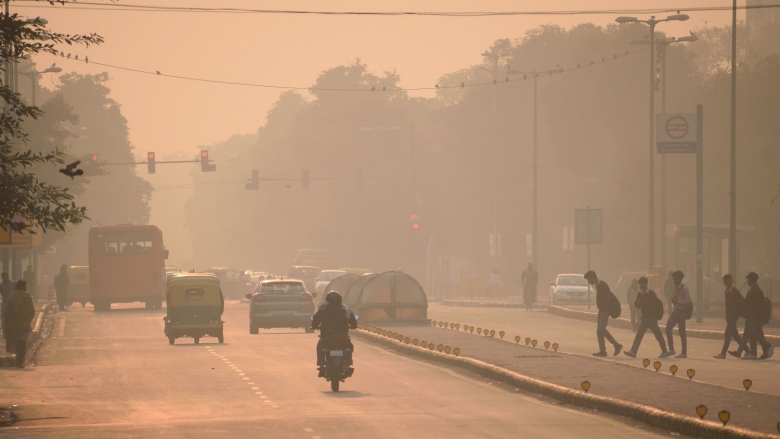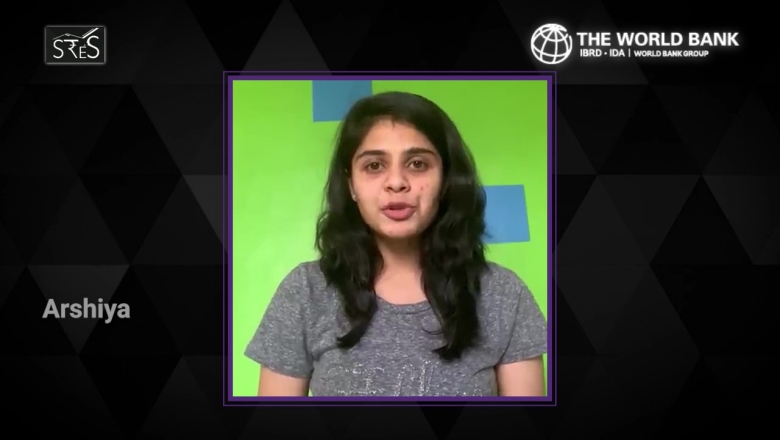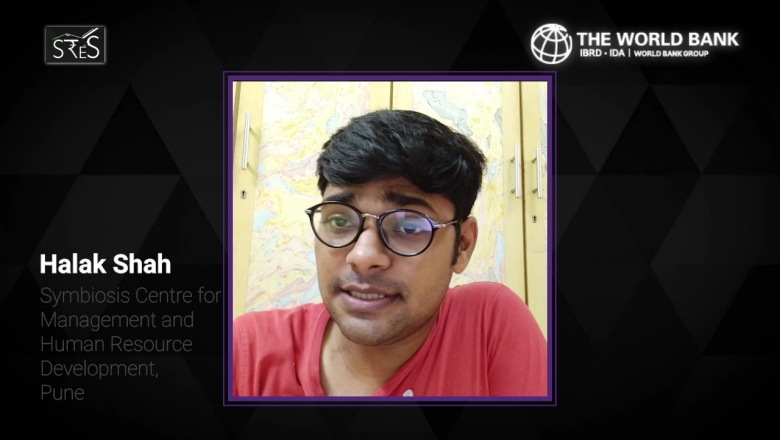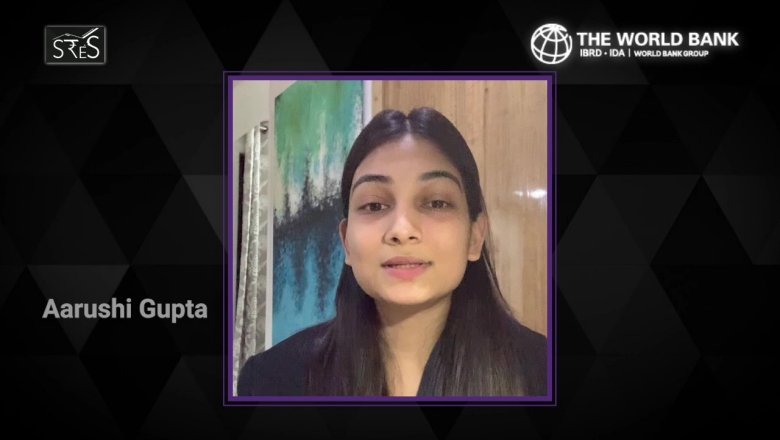Seeing bluer skies in India—a nation known for its alarming air pollution levels—remains a major governmental priority. In recent times, the country launched its flagship National Clean Air Program (NCAP) to provide a roadmap to prevent, control, and reduce unhealthy air and mitigate its effects on development. Yet, much remains to be done, and one can still cough up troubling statistics on the lack of clean air in India: On an average, 248 million Indians lose 8 years of their lives due to exposure to poor air quality. And 1.67 million deaths were attributable to air pollution in India in 2019.
Naturally, it came as a breath of fresh air when and advocated innovative, practical solutions for a cleaner tomorrow, their tomorrow.
“Each presentation was fantastic and filled with innovative ideas,” said Urvashi Narain, Lead Economist at the World Bank, and one of the three jurists of the competition. “And all of this was a weekend’s worth of work. Can you imagine what change these youth can spur if they take on the challenge of air pollution as their main profession?”
The other jurists of the competition included Anumita Roychowdhury, Executive Director of the Centre for Science and Environment in New Delhi and Aasherwaad Dwivedi, Assistant Professor at Shri Ram College of Commerce.
Rising Up to the Challenge
The premise of the Shri Ram Macromania youth challenge was three-fold: pick an Indian city of choice, study its air quality trends, and develop a public awareness campaign to mitigate the impact of air pollution, particularly from exposure to PM2.5—small particulates hanging in the air that cause deadly illnesses such as lung cancer, stroke, and heart disease.
The challenge came with two practical caveats. The approach had to be multi-jurisdictional and incorporate an airshed-based management approach to air pollution.
Also, the approach had to be multi-sectoral, recognizing that poor air quality in India is driven by urban as well as rural sources such as agricultural residue burning, household use of biomass for cooking, and less-known sources such as excessive use of fertilizer, emissions from which contribute indirectly to the formation of PM2.5.
Youth: Informed Agents of Change
“If not youth, then who?” asked John Roome, World Bank’s Regional Director for South Asia Sustainable Development, in his opening remarks. , also wished the students great success.
Narain’s familiar refrain after each of the six rounds, asking contestants what they had learned in preparation for the competition, captured their new-found awareness and insights:
“I learned that the horticulture and agriculture industries lead to large contributions of PM2.5.”
“Combatting crisis at a city level is not effective, a regional solution is required. Knowing that made a lot of difference.”
The future of the world indeed belongs to youth. “I am glad we are catching them young and now, to address these issues,” said Roychowdhury.




